Palmetto Bluff Real Estate Company Sales Office
Office Hours
Monday-Friday 9am - 5pm
Saturday 9am - 4pm
Sunday 12 - 4pm
Saturday 9am - 4pm
Sunday 12 - 4pm
When I ask Jay Walea, the director of the Palmetto Bluff Conservancy, why he loves hunting turkeys, his response is quick and confident, as if the importance of the turkey was paramount. “A lot of people can go out at the right time in the season and make a turkey gobble and come in,” he allows, craning his neck to look at me in the back seat of the Conservancy work truck that former Land and Wildlife Manager Justin Hardy is driving. “But you have an elite few who have spent their lives out in the woods listening to these birds, who understand their intricate whines and whistles.” Walea turns back to the road. “When you learn to speak their language and they accept you as one of their own kind—that’s brilliant.”

Wild turkeys are fascinating birds. While ducks, for example, have limited “hail,” “feeding,” and “confidence” calls, turkey language is an incredibly complex and nuanced assortment of gobbles, yelps, purrs, kee-kees, cackles, drums, and wing thumps. Contrary to popular myth, North America’s largest bird is a strong flier, up to fifty-five miles per hour in short bursts, overnighting in trees, safe from predation. Their heads change colors— from red to blue to white—mirroring their emotions, their eyesight is three times that of humans, and they can see all the colors we do as well as some in the ultraviolet spectrum. Hold a turkey feather in your hand. As you rotate it you’ll notice a slight iridescence of purples, greens, and pinks. But what you cannot fathom is the glorious detail on display to the hypersensitive eye of a turkey. A gobbler (an adult male turkey) flies down from his roost at dawn and patrols a series of “strut zones,” each maybe a hundred square yards in size. When a tom goes into full strut, he can bring in as many as twenty-five to thirty hens. The challenge for a turkey hunter of Walea’s caliber is to imitate a hen so convincingly, using the turkey’s own language, that he persuades the gobbler to do something he never does in the wild—abandon the adoring attention of his harem to go find this provocative stranger calling from nearby.
The art of calling in a gobbler is held in such high esteem that, according to Walea, it is the skill that defines a good outdoorsman, that which separates the accomplished from the amateur. It’s also what separates turkey killers from turkey hunters. “We don’t run and gun,” Walea tells me, meaning that if they have a turkey gobbling and he’s not responding to their calls, they don’t go after him. “We’re going to stay right there in place and use patience,” Walea says, stepping from the truck into a field of wildflowers. “And at some point during that day, he’s gonna remember that he heard…” Walea pauses a moment before his face lights up with a mischievous grin and continues, “Well, hell, the sexiest thing he ever heard in his life.” Managing land at Palmetto Bluff for turkeys is about more than just the joy of the hunt. Turkeys are known as an “umbrella species,” meaning that if the turkey is thriving, everything else likely is as well. The diverse habitat and food requirements that must be present to satisfy a rafter of turkeys encapsulates the basic needs of much of the larger ecosystem. In a perfect world, turkeys have access to open grasslands, good forb-producing areas, and woodlands, all in a relatively small geographic range. They need upland mixed pine, but, according to Walea, really adore bottomland hardwood wetlands. “If you have all that in play,” Walea says, plucking a stalk of bushy bluestem from the diverse grasslands through which we walk, “you can’t help but benefit from everything else.” Palmetto Bluff is roughly the size of the island of Manhattan. Of that twenty thousand acres, Walea and his team currently manage nearly three quarters. Turkeys are the quintessential omnivores, eating everything from acorns and a variety of nuts, to seeds, small reptiles, large insects, snails, and slugs. They also love plant foliage, especially tender young shoots and leaves. “We’ve found that to produce the maximum amount of bug protein you need to promote diverse, early successional plant habitat,” Hardy tells me. The Conservancy staff accomplishes this in two ways. In the late winter, grassy meadows are plowed with a disk harrow on the back of a tractor. This releases the seed bank, generating new growth and preventing the next successional stage of pines, sweetgums, bushes, and shrubs. They also annually burn two thousand acres on one-, two-, and three-year rotations. Turkeys thrive in relatively open, recently disturbed areas, so a more hands-off approach, allowing meadows to become denser woodlands, would mean fewer turkeys.

The next time you see a gaggle of turkeys feeding at the Bluff, notice that one or two in the group will always have their heads up. That’s because turkeys have extremely powerful eyesight, and they trade off lookout responsibility as they feed. At birth, hatchlings immediately key in on their mother’s call, but unlike other gallinaceous, ground-feeding birds, turkeys also pay close attention to each other’s eyes. When a predator approaches and the adult hen makes the “putt” alarm call, all the turkeys in the flock will look at her. If her eye is looking up, they instantly know it’s an avian predator like a great horned owl or red-tailed hawk, and they’ll break and run. If the eye is looking level, they’ll fly to avoid a ground predator like a bobcat or coyote. While the turkey season in South Carolina begins in March, the Conservancy waits until the second week of April for all guided hunts at Palmetto Bluff. This ensures that as much breeding as possible has successfully taken place, removing hunters as a limiting factor on turkey reproductive success. In addition, new research coming from the University of Georgia challenges the long-held belief that harvesting the largest, most dominant tom creates an opportunity for subdominant males to reestablish the pecking order. On the contrary, research shows that if the dominant tom is killed after the spring pecking order is established, none of the subordinate birds will breed. “If you’re a good hunter, you’re good at harvesting those big adult toms,” Hardy tells me. “But then there’s no breeding year after year, and you start to see a nosedive in the population. This science informs how we hunt at the Bluff.”

We load into the truck and leave the meadow. The October morning sun shines gently through the trees as we drive along gravel roads dusted in pine straw. Back at the shop, Hardy and Walea pull out their turkey hunting kits. Turkey calls—more specifically, pot calls, scratch boxes, friction calls, and diaphragms—half antique toys and half obscure musical instruments by the looks of them, spill across the table. One, made of wood, is hinged and makes a whine when opened and closed. Another is made of cherry topped with hard glass. Scratching its surface just so with a corresponding wooden dowel, produces, against all odds, a peculiarly birdlike yelp. “Now, there’s two notes in that yelp,” Hardy tells me. “It’s an “E-ya! E-ya!” And if you don’t get that second note, you sound like an idiot and the turkeys won’t come.” These bizarrely specific instruments are as important to the turkey hunter as is his shotgun—analogous to the fly-fisher’s fly—but may take a lot more practice and precision to perform. What I enjoy the most is witnessing the pleasure these grown men, extremely knowledgeable and dedicated land and wildlife stewards, derive from these bits of wood and glass. It’s as if they speak another language, initiated into the mysteries of the turkey.
See this article and more in the latest edition of The Bluff.
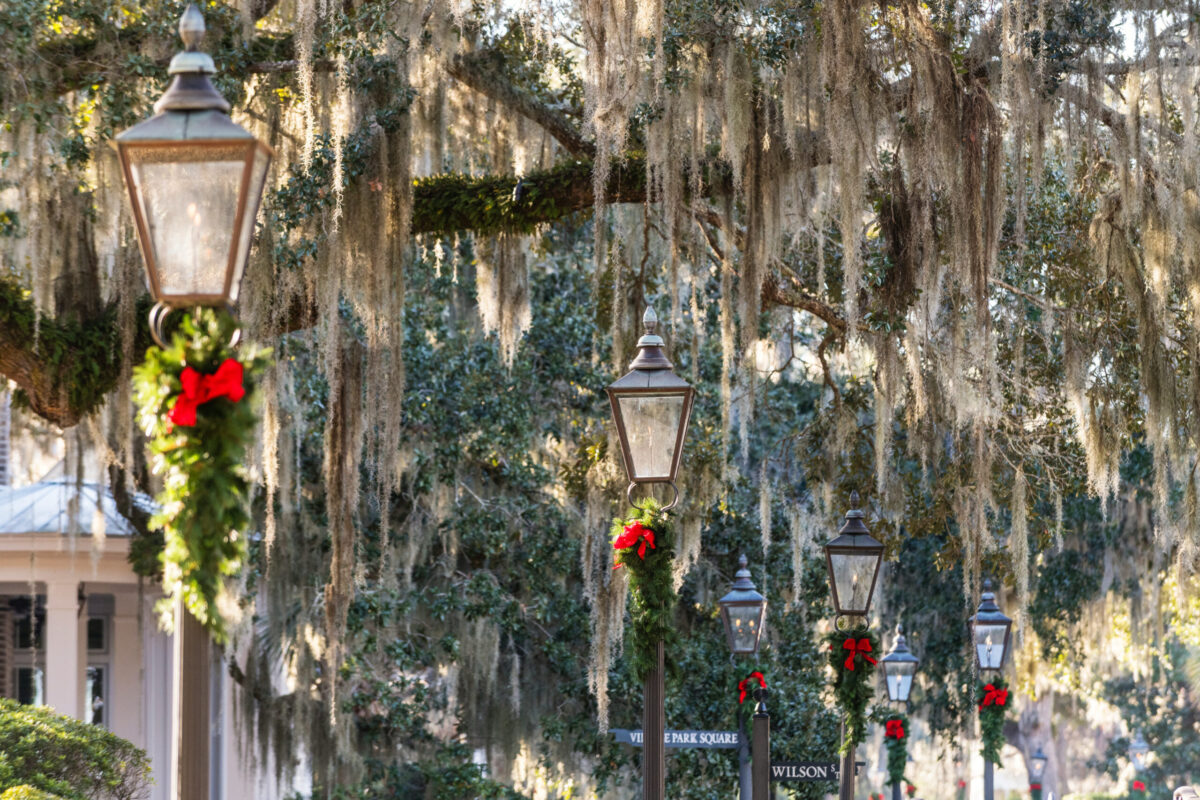
How to Spend a Lowcountry Christmas at Palmetto Bluff There's no better way to start anticipating the holidays than by making plans to spend time with family and friends. Now that the holiday season has arrived, many look forward to embracing the Christmas sp...
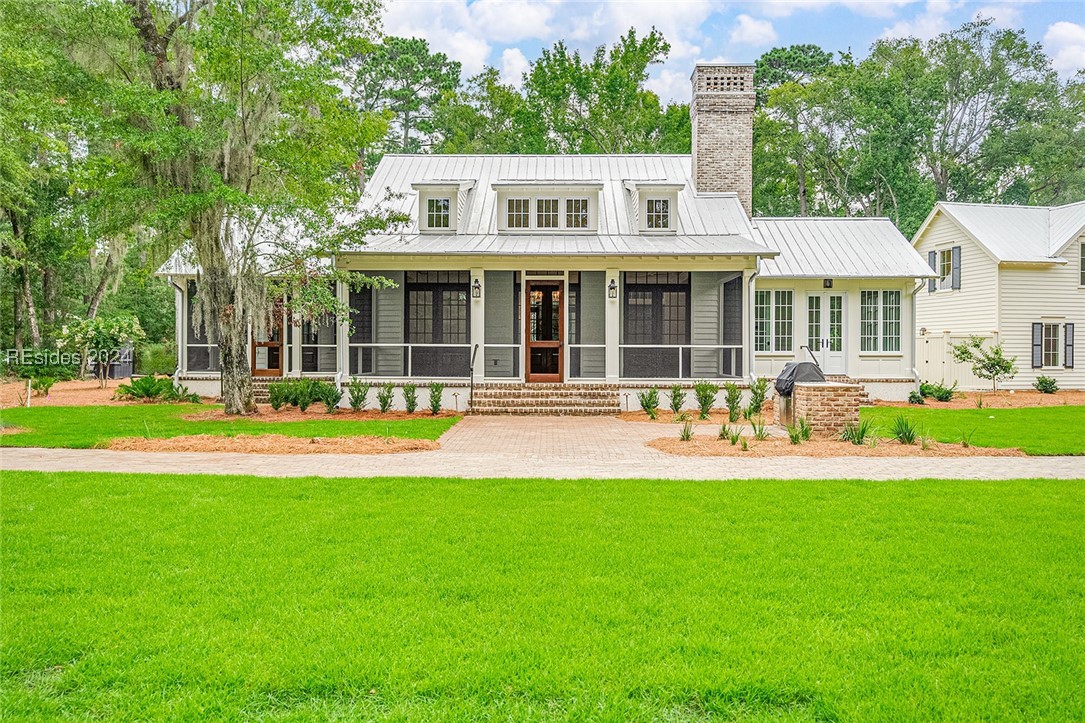
Explore 130 August Lane at Montage Residences Nestled in the heart of the Lowcountry, the Montage Residences at Palmetto Bluff offer an unparalleled blend of elegance, exclusivity, and Southern charm. This private collection of homes sits amidst the lush land...
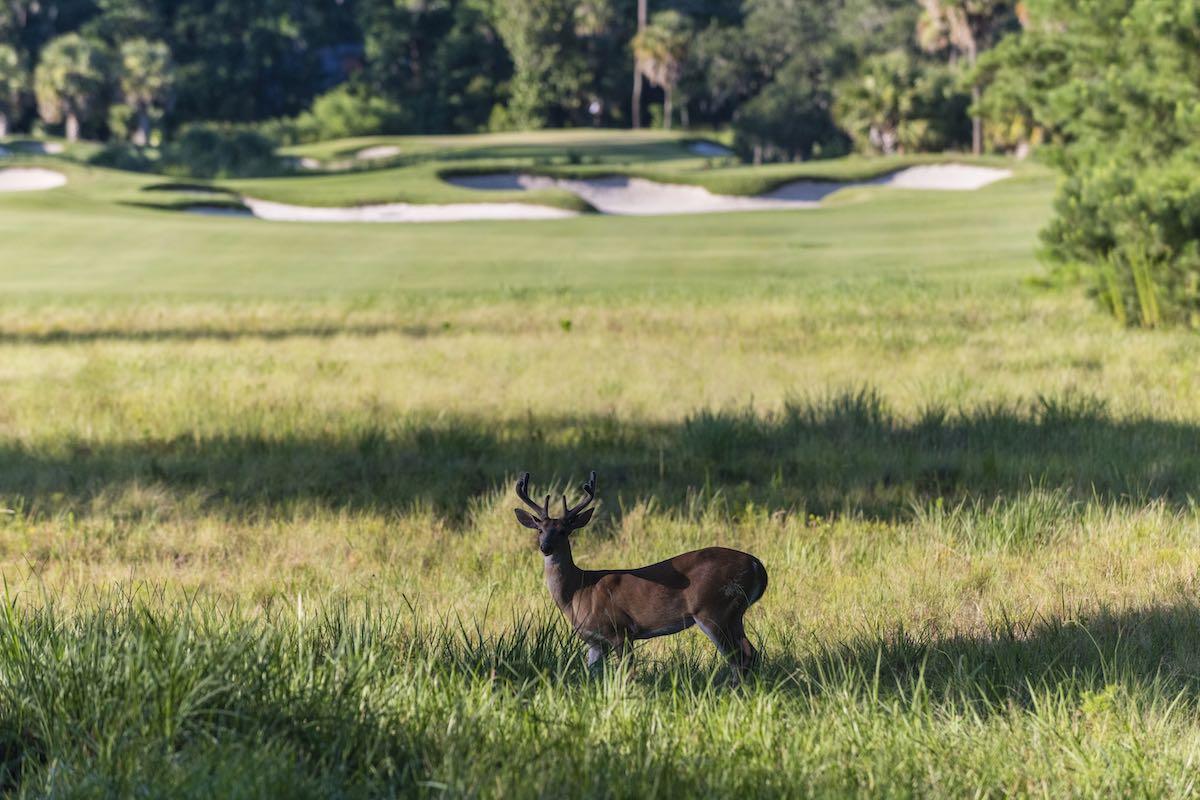
Experience Winter Wildlife This Season at Palmetto Bluff The Lowcountry is a wondrous place to live, not only for its breathtaking scenery and historical significance but also for the wildlife that inhabits it. Winter wildlife in South Carolina includes a wid...

As summer’s heavy air fades into fall’s cool breezes, our resident wildlife are busy preparing for another Lowcountry winter.In the fall, eastern wild turkeys move into habitats mostly dominated by hardwood trees such as oaks, hickories, beeches, cypresses, tu...

The Arts Initiative at Palmetto Bluff hosted an unforgettable evening in the May River Chapel this past October with our visiting Artist in Residence, multi-Grammy-winning singer-songwriter Clay Ross, founding member of the Billboard chart-topping band Ranky T...
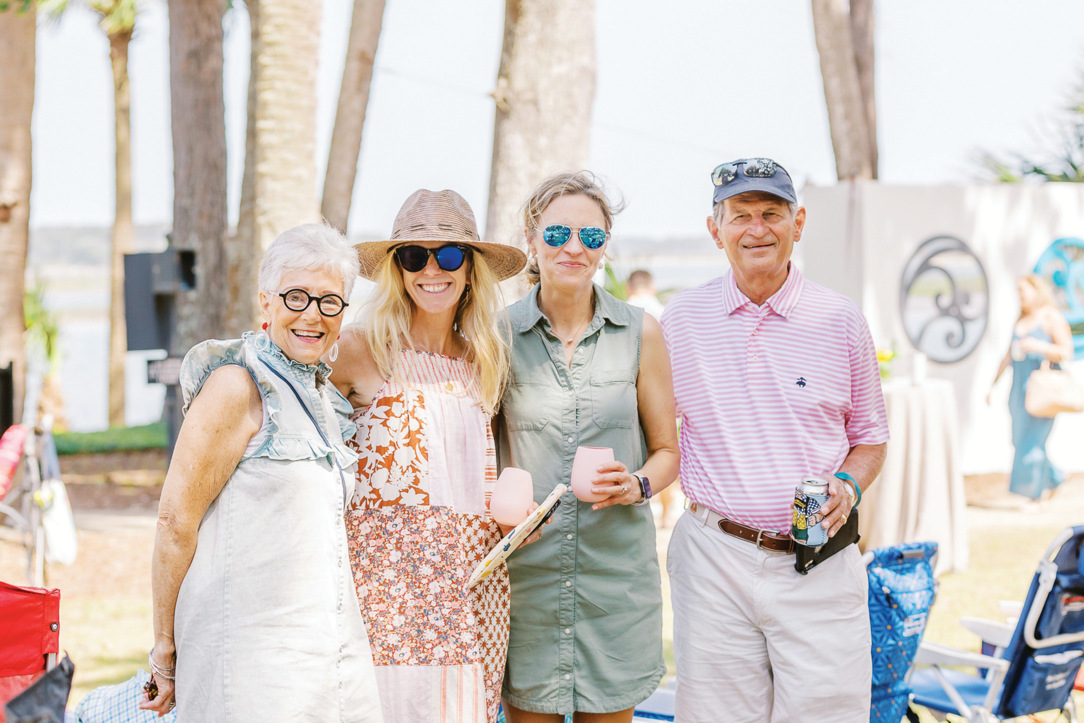
This year’s FLOW FEST was an unforgettable celebration of art, music, and community spirit. Held on a stunning autumn afternoon by the May River, our third annual arts and music festival, hosted by The Arts Initiative at Palmetto Bluff, brought together friend...
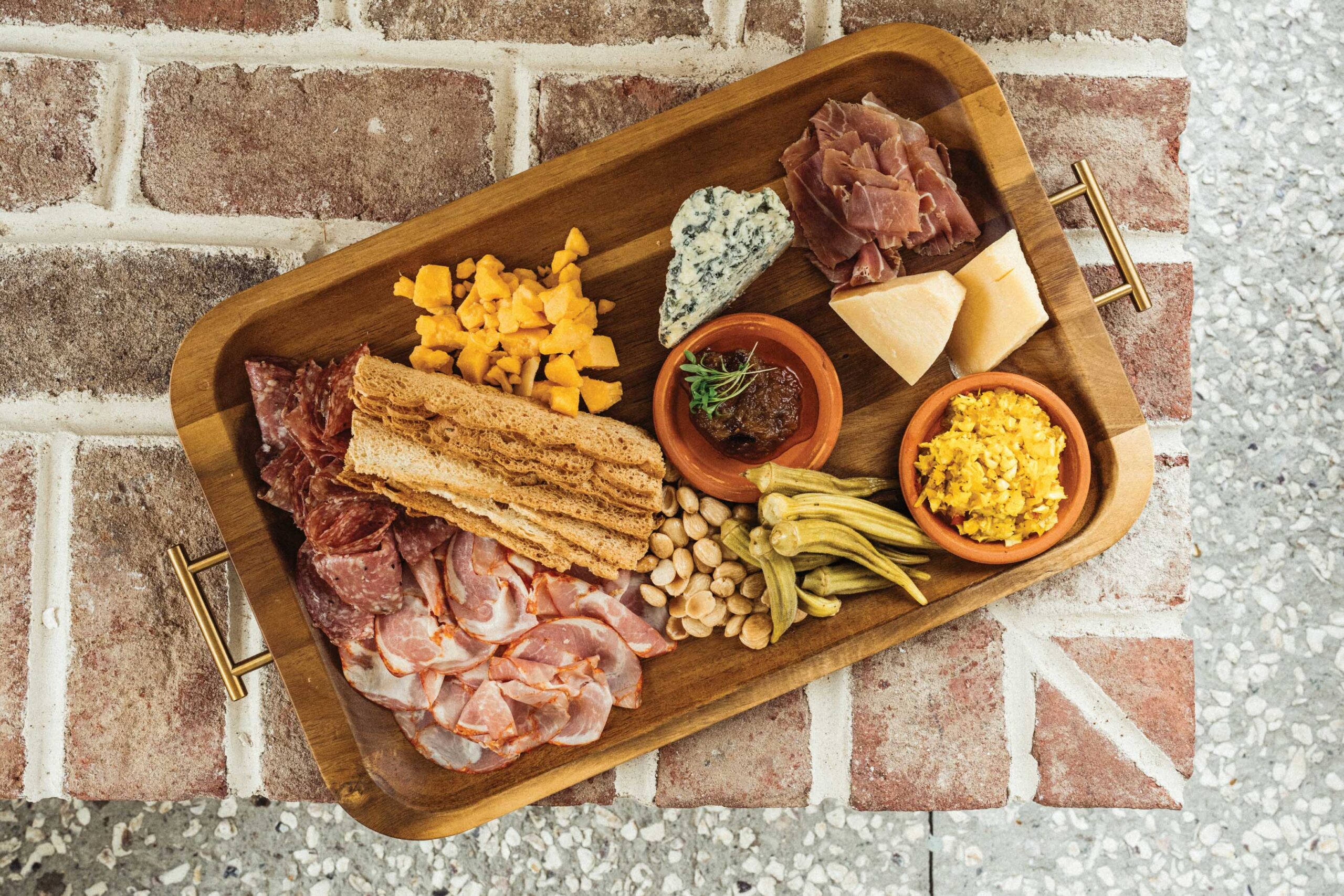
Recipes by Palmetto Bluff Club Executive Chef Beth Cosgrove Photographs by Lawson Builder Pickling Through the Centuries Pickling dates back over four thousand years to ancient Mesopotamia. Early picklers discovered that soaking perishable foods in brine or v...
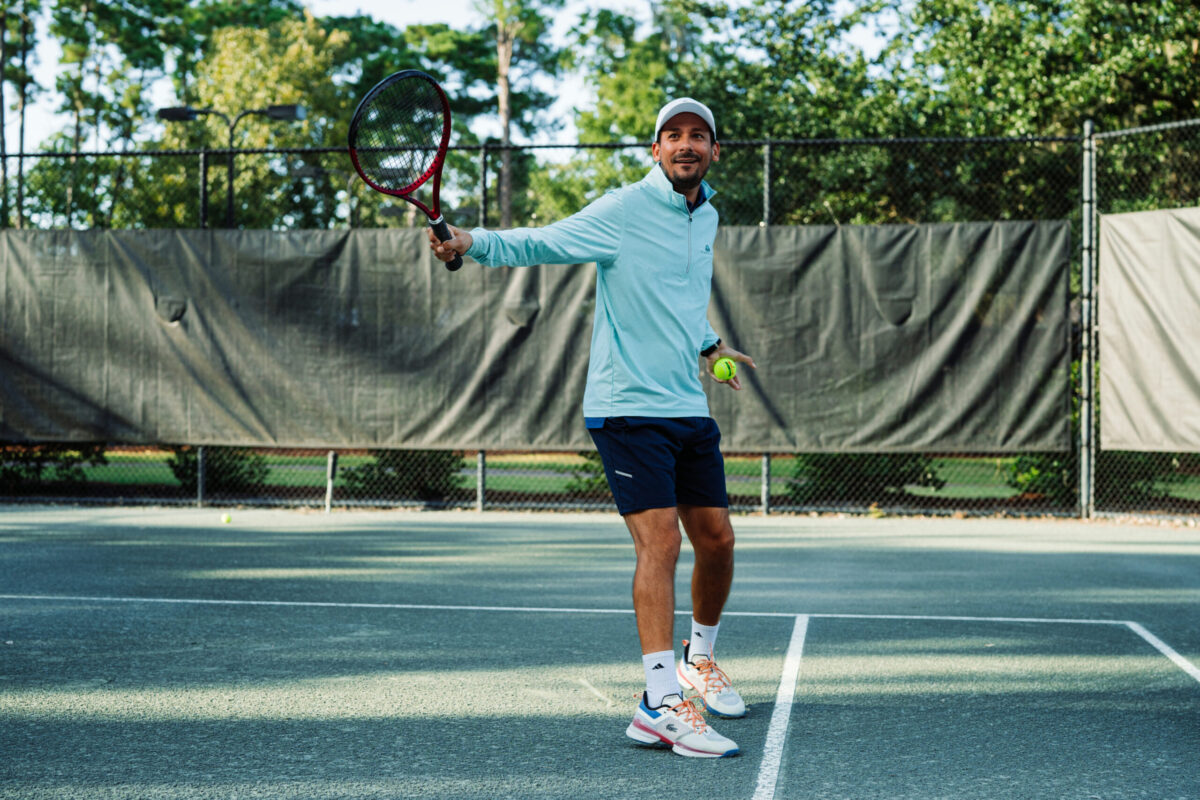
Martin’s Journey to the Palmetto Bluff Racquet Club At Palmetto Bluff, tennis and pickleball enthusiasts are fortunate to have a dedicated and passionate leader guiding the vibrant racquet sports scene. Martin Aviles, Director of Racquet Sports at the Wilson ...
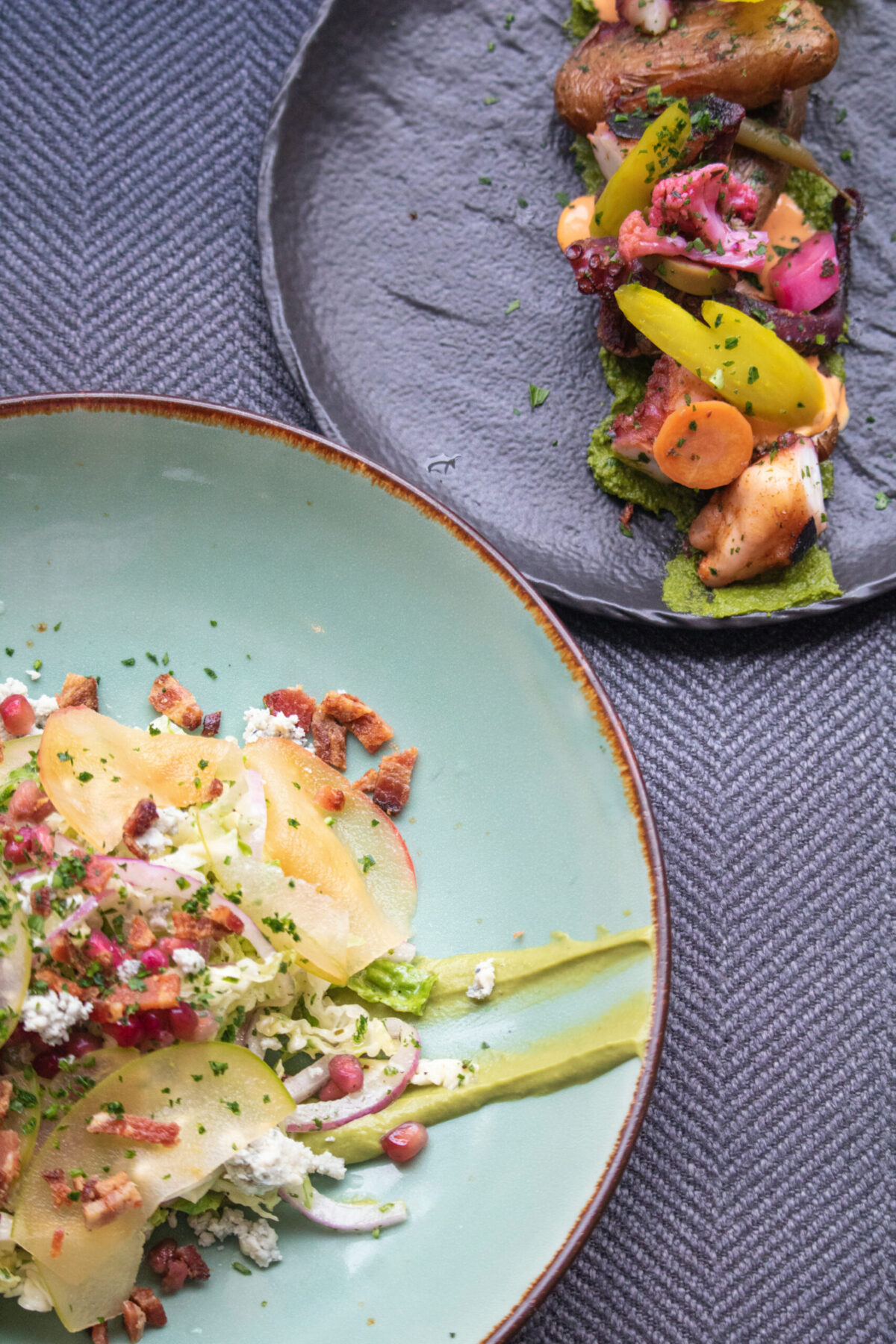
Palmetto Bluff’s farm offers a unique opportunity for residents and guests to experience the Lowcountry’s rich agricultural heritage. The farm provides fresh, seasonal produce and herbs used in restaurants across the Bluff, bringing the concept of farm-to-tabl...
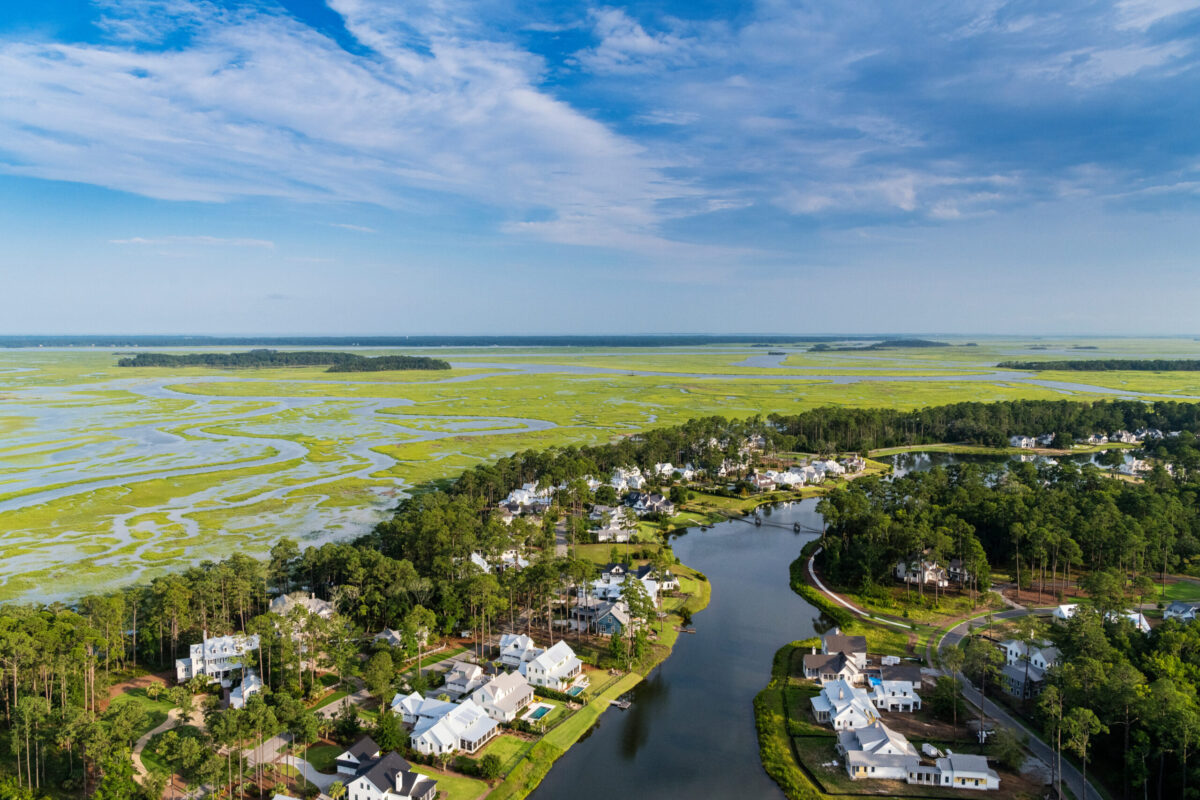
Palmetto Bluff Homes for Sale on the Inland Waterway Tucked within the serene beauty of Palmetto Bluff, homes along the inland waterway offer unparalleled access to nature and luxurious living. With private docks, expansive outdoor spaces, and custom designs,...
Learn about the Palmetto Bluff Conservancy and how we keep the vision of our land in place.
On land or water, there is an ever-evolving variety of activities.
We do not attempt to independently verify the currency, completeness, accuracy or authenticity of the data contained herein. All area measurements and calculations are approximate and should be independently verified. Data may be subject to transcription and transmission errors. Accordingly, the data is provided on an “as is” “as available” basis only and may not reflect all real estate activity in the market”. © [2023] REsides, Inc. All rights reserved. Certain information contained herein is derived from information, which is the licensed property of, and copyrighted by, REsides, Inc.